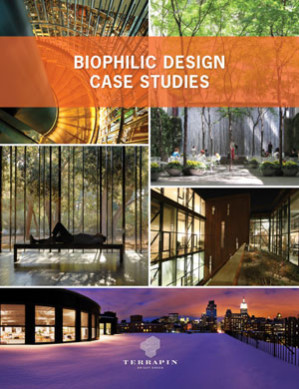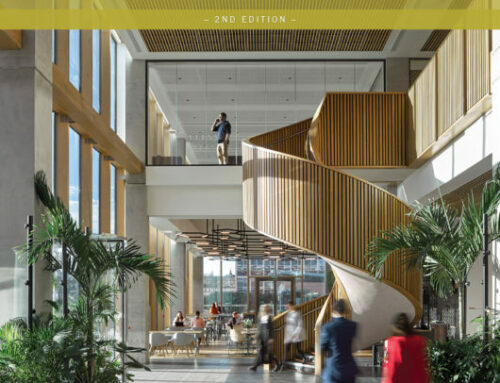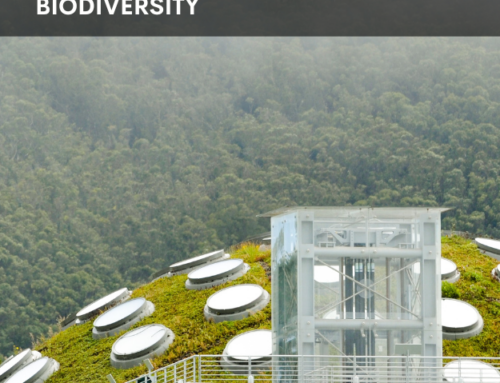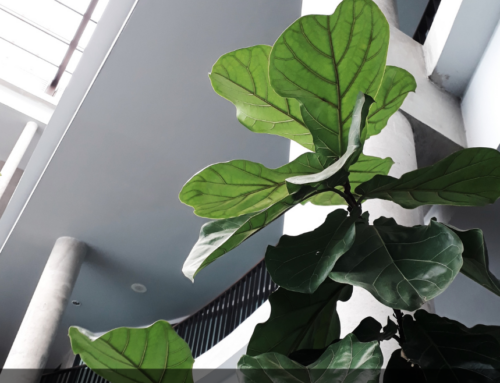Biophilic Design Case Studies

Implementing biophilic design into our workplaces, healthcare facilities, schools, and neighborhoods has profound health and economic benefits. Building managers can retain higher rents; companies are more likely to see improved productivity of employee salaries and benefits; healthcare providers and patients can see financial benefits from faster recovery rates; and schools can experience gains in student performance and reduced absenteeism.
Based on the 14 patterns of biophilic design, Terrapin has compiled a series of case studies that best demonstrate successful biophilic design. These case studies encompass a wide variety of building types, locations, scales, and uses, including urban parks, office buildings, campuses, health care facilities, and residential buildings. Each case study analyzes the patterns present, how they were implemented successfully by the designers, and the health outcomes they each support. These case studies are meant to help designers, building owners, and corporations better understand how biophilic design can be successfully implemented to maximize its health and economic benefits.





